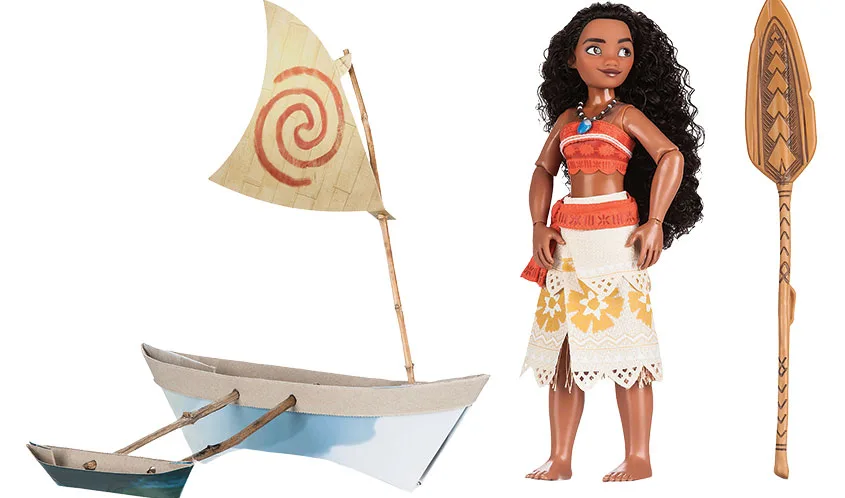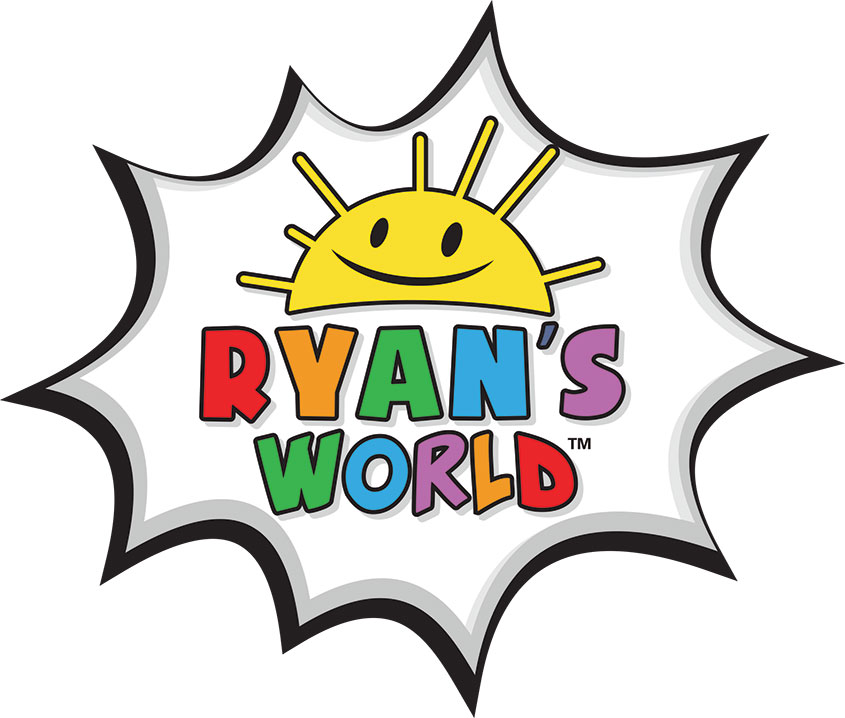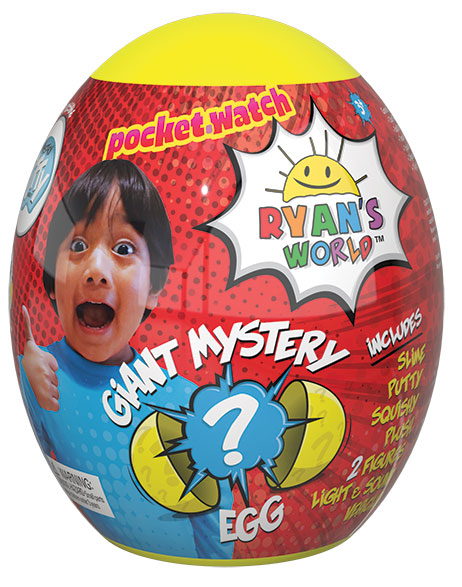Brands make packaging integral to play.
by TED MININNI, president and creative director, Design Force
Have you ever noticed that kids often love the packaging that a toy comes in more than the toy itself? They find creative ways to integrate the colorful packaging into play. Even basic cardboard boxes morph into dollhouses, spacecraft, robots, puppet stages, or countless other possibilities. According to toyhalloffame.org, this play pattern has been so prevalent that the cardboard box was actually inducted into the National Toy Hall of Fame in 2005. Fast forward to 2018: Ikea took it a step further and released Ikea Toybox, an interactive kids app that gives parents ideas for DIY toys their kids can make from cardboard boxes. Not only are these projects fun, but they also reuse packaging that would’ve become waste.
Most toy packaging is thrown away after unboxing. Since more pressure is on manufacturers to reduce the amount of packaging that ends up as waste, doesn’t it make sense to turn to design that is integral to the toy itself? Or to create packaging that becomes a cool storage receptacle for toys that feature many parts? How about designing high-end packaging for collectibles that people can use to display or add value to the product?
We know that, if kept in pristine condition, packaging adds to the value of limited-edition items and collectibles. In fact, quality, expertly designed packaging adds value to every consumer product, not just collectibles. It even makes some products more desirable than others in the same category. It’s been proven. Next-level packaging effectively removes a product from the perception that it is just one more commodity item.
How can toy packaging be so compelling and ingeniously designed that kids won’t want to part with it?
Disney Leads the Way
Over the years, I’ve pointed out examples of sustainably designed packaging that became part of the toy itself. I’ve discussed how beneficial the reduction of materials in the design of toy packaging is, not to mention how much easier many toys are to unbox as a result. While many of these initiatives came from small, entrepreneurial brands that were purpose-driven from the outset, recently the leaders of the toy industry have actively embraced more aggressive sustainability measures in packaging.
Enter Disney. The global entertainment behemoth felt a responsibility to go beyond its established sustainability efforts to a new level. In 2014, Disney’s SPI program was born. The Smart Packaging Initiative launch was the culmination of six years of work at Disney. SPI aims to reduce the amount of packaging, make more of its components recyclable, optimize its performance on the shelf, and reduce costs not only for the company, but also for its licensees and the entire industry. By generously sharing their data and the SPI measurement tool, toy manufacturers and licensees are making a positive impact across the industry.
Sarah Levine, former manager of global sustainability at Mattel, says, “Mattel is using the SPI to enhance packaging, not only for the products we create with Disney, but as an additional input as we look at packaging efficiency for all of our brands.”
The LEGO Group, Hasbro, Mattel, and Jakks Pacific have all implemented SPI principles into their packaging decisions.
SPI in Action
Walt Disney Animation Studio’s Moana opened in theaters in November 2016. The Moana Classic doll launched in a unique, sustainable package. Not only was the packaging made from 70% recycled paper printed with vegetable-based inks, it was created without any glue or tape, enabling kids to take it apart easily — but not to throw it away. The packaging was specially designed to transform into a boat for Moana, a fun project that parents and kids could work on together, effectively extending the storyline from movie to toy to packaging seamlessly. While most packaging tells a story, this package design became a physical part of the Moana story, according to Babble. Disney has been integrating the SPI across all toy packaging and hosting sustainable design workshops to drive packaging innovation in a voluntary program called License to Lead, which it offers to licensees.
Speaking of Licensing…
When most adults think about hot licensed properties, their thoughts turn to the most dominant sports and entertainment properties in the world — Star Wars, the NFL, Superman, Spider-Man, and classic Disney properties. These are heritage brands that appeal to multiple generations, and some of them have an impact among kids. But there is a world full of brands that are top of mind for kids, a world that parents can attest to but of which many other adults are unaware.
Kids across the globe have made a superstar — and a millionaire — of a 7-year-old kid named Ryan. Ryan ToysReview is the most popular kids’ YouTube channel on the planet, thanks to kids who tune in by the millions to watch Ryan unbox, critique, and play with toys. Ryan posts daily reviews on YouTube, an endeavor that he began at the young age of 3, and now his videos are getting a billion hits per month. Forbes reported that Ryan earned a whopping $11 million last year, prompting his mom to quit her job so that she could work on her son’s YouTube channel full time.
Recently, Ryan’s star power was leveraged into licensing. Pocket.watch, a kid’s media company with a focus on digital media stars, inked a contract with Ryan’s family to negotiate licensing deals in multiple categories. As a result, an extensive line of toys for kids ages 3 and up, branded Ryan’s World, launched exclusively in Walmart stores last August, with more retailers coming online in October. There are also T-shirts featuring Ryan’s favorite things — his pal Gus, the Gummy Gator, and pizza — and more merchandise categories are currently in the works, including home decor.
This news was all over the industry during the summer, but there’s nothing unusual about the licensing of a popular brand in this manner, or is there? Ryan’s licensing deal broke new ground on several levels. Anne Marie Kehoe, Walmart’s vice president and divisional merchandise manager for toys, says in a press release, “This is the first time that a YouTube star in the children and family space has created their own dedicated line of toys and apparel, and we are excited to be partnering with pocket.watch to have it available at Walmart stores nationwide.” In a stunning but shrewd move, Ryan was named creative director for Ryan’s World, hand-selecting all of the toys for which he has a passion. The line includes toys that few adults get but that kids go crazy for, including super slimy slime, blind bag collectibles, plush, racing vehicles, squishies, and a giant surprise egg — all from Bonkers Toys.
A 75-city experiential tour is in the works so that kids can fully engage with the Ryan’s World brand. Ryan will appear at select venues in person to surprise his fans. While most kids will never meet him or take part in the tour, the idea that they can acquire Ryan’s favorite toys and play along with him is a not-to-be-missed opportunity.
Packaged by a Kid, for Kids
Since Ryan came to fame unboxing toys, it isn’t any surprise that his own, hand-selected toys are boxed in a manner that appeals to him and his audience. The brand-centric logo confirms this. A smiling, rising sun over multicolored “Ryan’s World” lettering is held within a burst. Some of the packaging depicts Ryan himself in his characteristic thumbs-up pose, signaling his approval of the toy. His stamp of approval is all most kids need to see to clamor for these toys. The signature brand color is red, but the packaging is filled with bright, primary colors, as one would expect to see on toys aimed at young kids.
Due to Ryan’s notoriety, much of this packaging is meant to be savored and kept as long as the toys are. Take the Giant Mystery Egg. Each egg features an exclusive lights-and-sounds vehicle, ultra-rare figures, special slime and putty, a limited-edition squishy, plush, and more. Plus, no two are the same. How cool is it for kids to unbox and play with the toys contained inside and then experience the thrill of doing that over and over again, just as Ryan does?
Packaging a Mystery
Who doesn’t like a surprise? Some of the greatest recent toy hits feature uniquely packaged toys that hide what is inside. Spin Master’s Hatchimals eggs and MGA Entertainment’s L.O.L. Surprise! ball-shaped packaging, featuring a thin, outer wrapper that kids must remove to reveal what lies inside, are good examples. Both franchises continue to be red-hot as they roll out new generations of toys in packaging that promises to surprise and delight. Even though the toys are cute, a strong argument can be made that they wouldn’t sell half as well without the intriguing packaging.
A new entry in the realm of mystery toys, Moose Toys’ Little Live Scruff-a-Luvs was on many retailers’ and experts’ hot lists last holiday season. The packaging is an octagonal-shaped pet carrier with a heart-shaped handle that poses the question: “Who will you rescue?” A small, scruffy animal peers out of the packaging. When kids follow the on-pack instructions to wash, groom, and love their new pet, all is revealed. The packaging makes this toy come alive. This “pet carrier” is definitely a keeper. Not only does it make it possible for kids to take Scruff-a-Luvs with them, it also helps foster a special relationship between owners and their toys. Packaging like this becomes an integral part of the toy, as does the story that each child creates around a very special new friend.
[author] [author_image timthumb=’on’]https://toybook.com/wp-content/uploads/2019/04/Ted-Mininni.jpg[/author_image] [author_info]Ted Mininni is president and creative director at Design Force Inc., a package and licensing program design consultancy to the consumer product and entertainment industries. The goal of Design Force is to establish strong emotional connections with consumers and create powerful visual brand experiences that engage, excite, entertain, inspire, and influence consumers’ decision to buy. Mininni can be reached at (856) 810-2277. Visit designforceinc.com for more information. [/author_info] [/author]
This article originally appeared in the March/April 2019 issue of the Toy Book.



